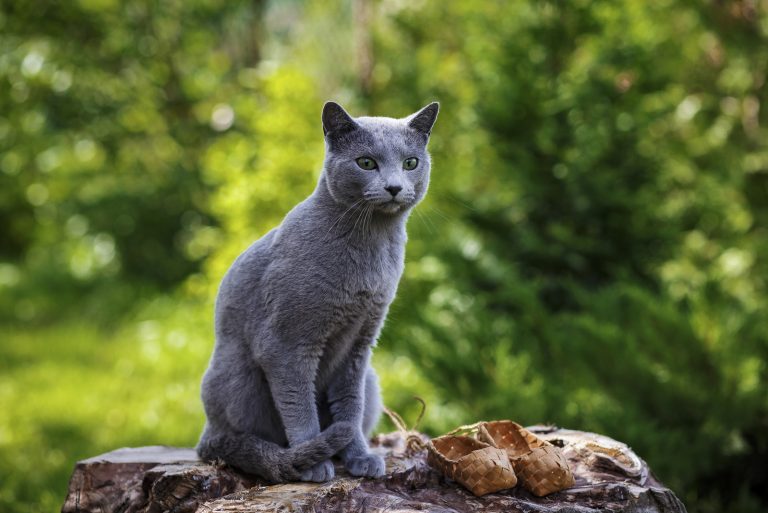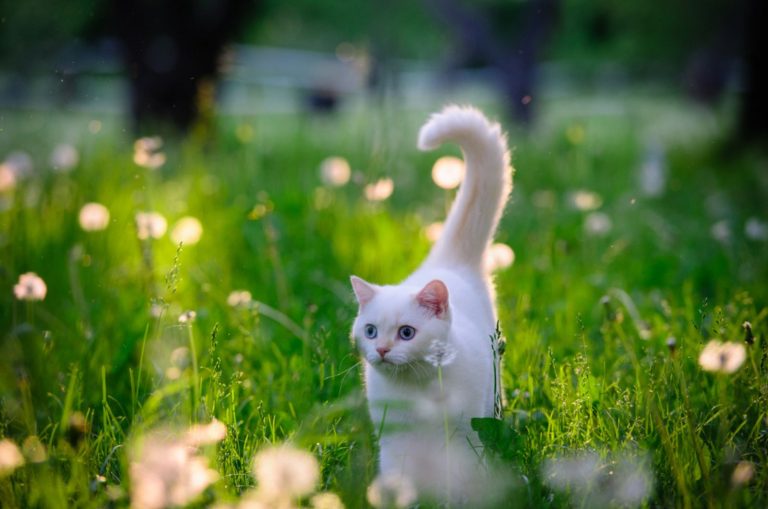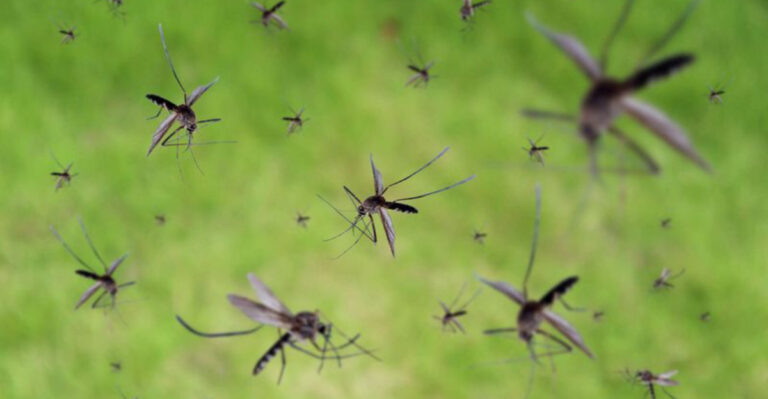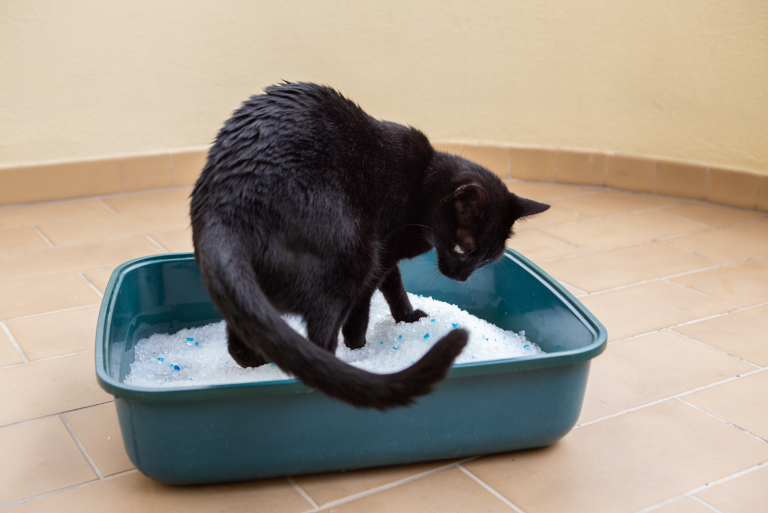America’s Top Endangered Mammals And How To Make A Difference

America’s wildlife faces unprecedented challenges. From climate change to habitat loss, many of our most treasured mammals are now fighting for survival. The good news?
We can all play a role in protecting these incredible creatures. By understanding their plight and taking action, each of us can help ensure these animals thrive for generations to come.
1. Gray Wolf
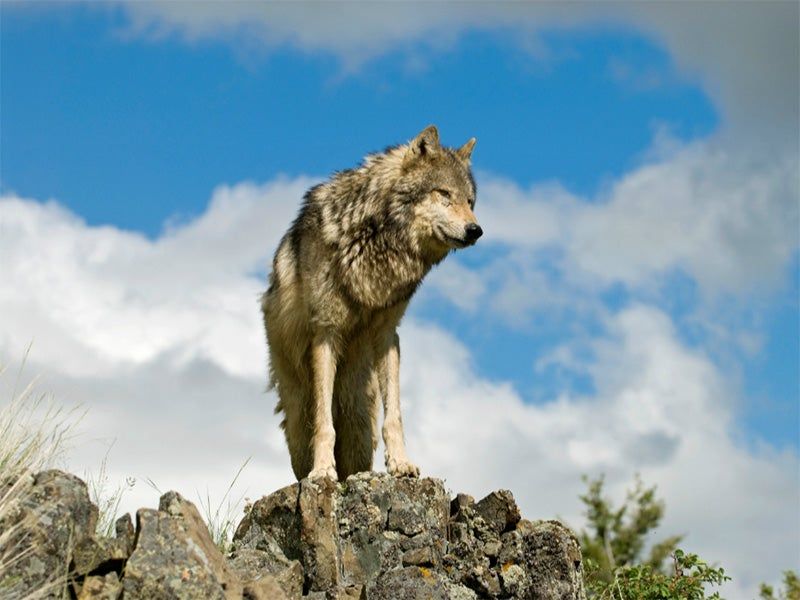
Once roaming freely across North America, gray wolves were hunted to near extinction by the 1960s. These intelligent pack animals maintain nature’s balance by controlling deer and elk populations.
You can help by supporting organizations fighting for wolf protection and opposing legislation that weakens their protected status. Every voice matters in the battle to preserve these majestic predators.
2. Florida Panther
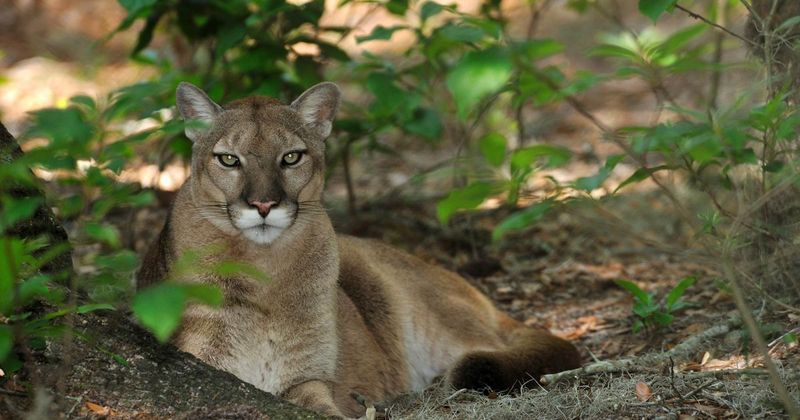
Sleek and elusive, Florida panthers silently prowl the swamps and forests of the Everglades. With fewer than 200 remaining, these magnificent cats face extinction primarily due to vehicle collisions and habitat fragmentation.
Support wildlife corridor initiatives that allow panthers to travel safely. Slow down when driving through panther country, especially at dawn and dusk when these nocturnal hunters are most active.
3. North American Wolverine
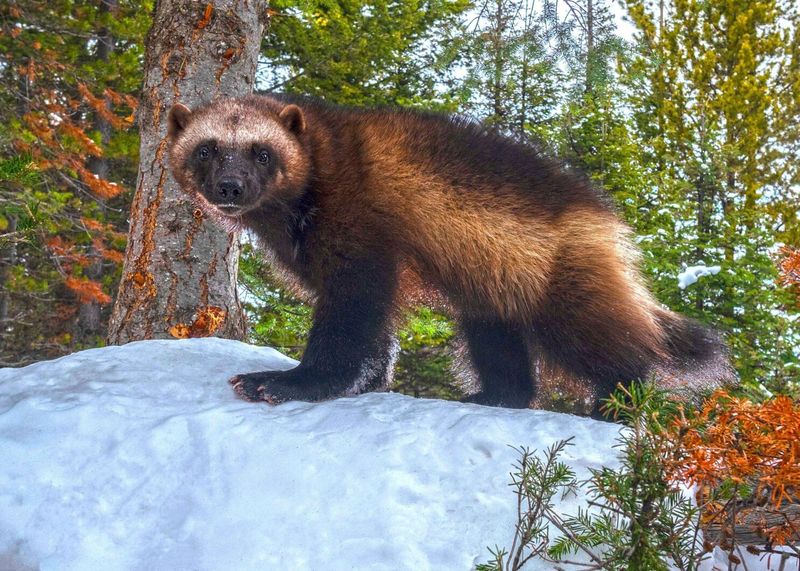
Pound for pound, wolverines rank among the fiercest animals on earth. These solitary mountain dwellers need vast, snowy territories to raise their young, making them particularly vulnerable to climate change.
Help wolverines by advocating for wilderness protection in mountain regions. Supporting carbon reduction initiatives directly benefits these snow-dependent mammals whose numbers have dwindled to fewer than 300 in the contiguous United States.
4. Black-footed Ferret
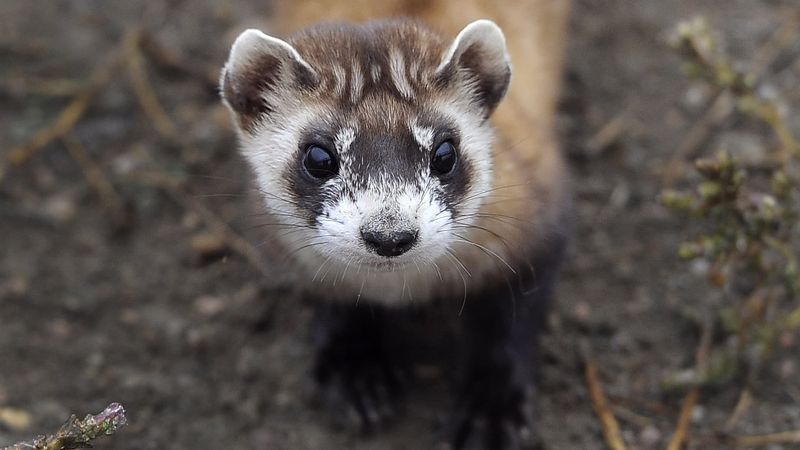
Masked bandits of the prairie, black-footed ferrets were actually declared extinct in 1979! Miraculously, a small population was discovered in Wyoming, launching one of America’s most successful wildlife recovery stories.
These specialized hunters depend entirely on prairie dogs for food and shelter. By supporting prairie ecosystem conservation and opposing prairie dog poisoning programs, you’re directly helping these charismatic mustelids continue their remarkable comeback.
5. Jaguar
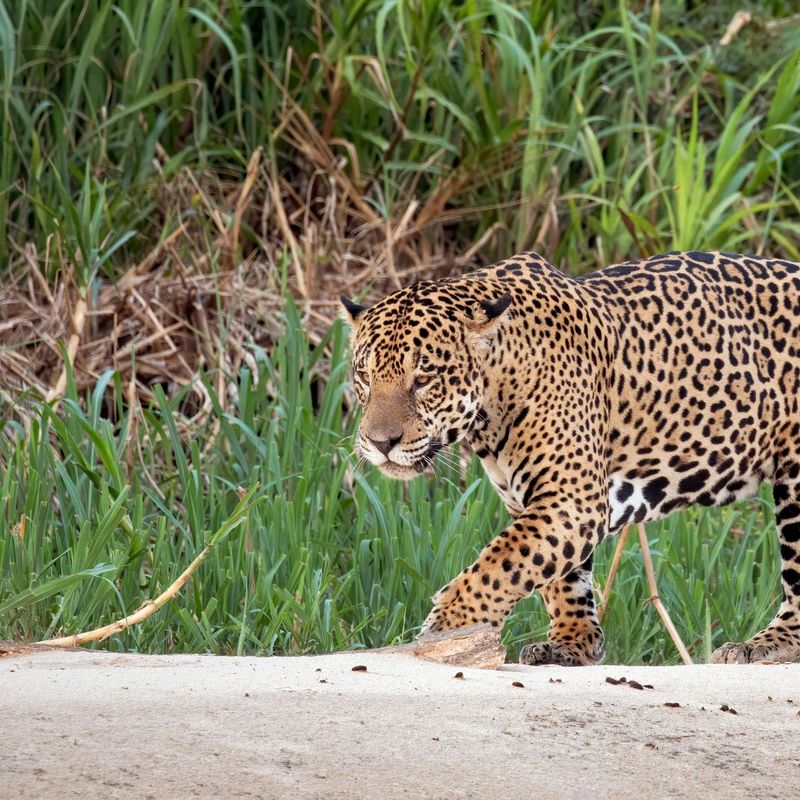
America’s largest cat once prowled from California to Louisiana. Today, only occasional jaguars cross from Mexico into Arizona’s borderlands, their distinctive rosette-patterned coats perfectly adapted for desert and forest camouflage.
Border wall construction threatens to permanently sever jaguar migration routes. Advocate for wildlife-friendly border policies and support conservation groups working to protect critical jaguar habitat in the Southwest’s unique sky island mountain ranges.
6. Bison
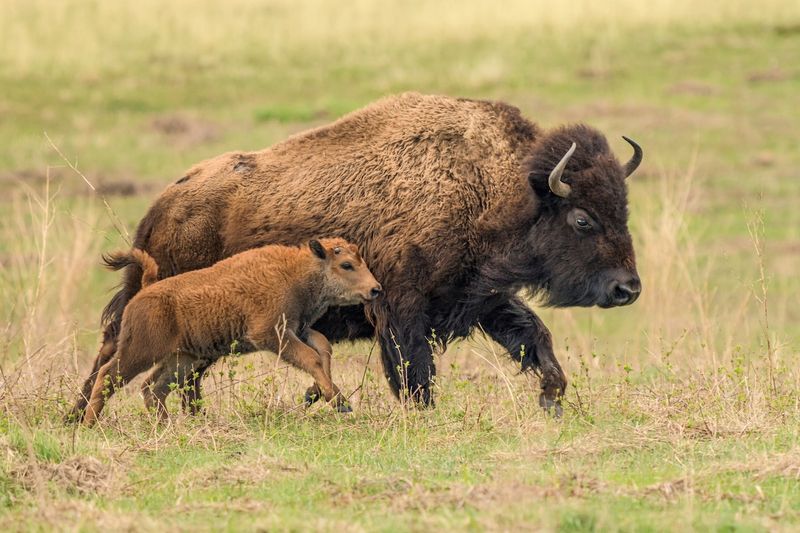
Majestic symbols of the American West, bison once numbered 30-60 million before being hunted to just 1,000 animals by 1900. Their thundering herds shaped prairie ecosystems through grazing patterns and wallowing behaviors that created diverse habitats.
Today’s recovery efforts focus on establishing genetically pure wild herds. Support Native American tribes working to restore bison to tribal lands and visit protected herds at national parks like Yellowstone.
7. American Red Wolf
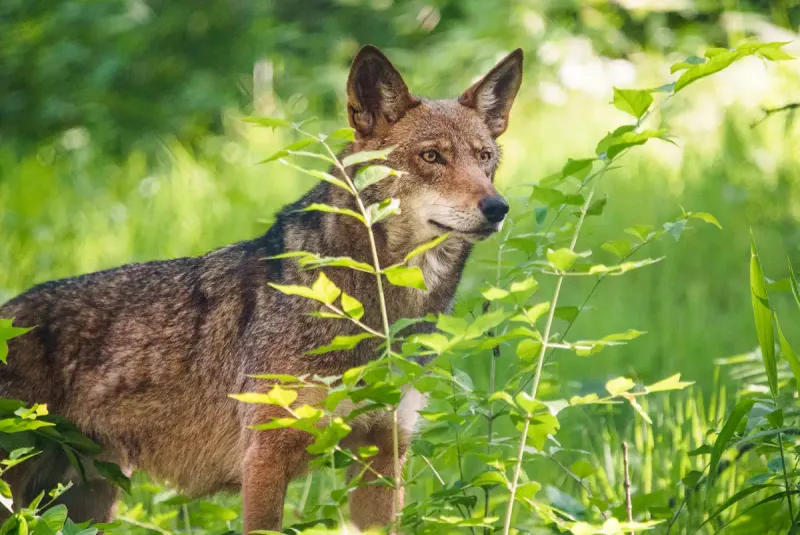
Smaller than their gray wolf cousins, red wolves sport distinctive reddish fur behind their ears and along their necks. They’re among the world’s most endangered canids, with just a handful surviving in North Carolina’s wild.
Hybridization with coyotes threatens their genetic purity. Make a difference by supporting captive breeding programs and advocating for expanded reintroduction efforts. These shy predators need dedicated champions to ensure their howls continue echoing through southern forests.
8. California Sea Otter
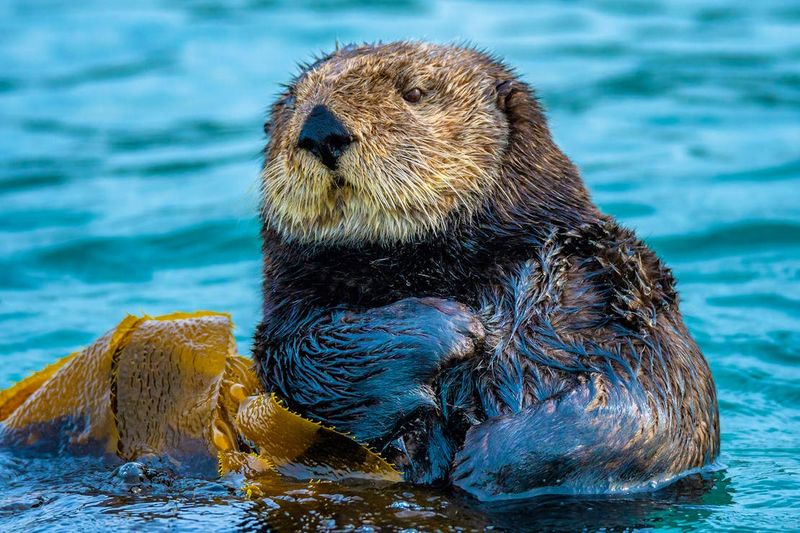
Floating on their backs while cracking shellfish on their bellies, sea otters charm everyone who spots them. These marine mammals were hunted to near extinction for their luxurious fur, with just 50 animals surviving by the 1930s.
Today, pollution and fishing gear entanglement threaten their recovery. Help by supporting clean water initiatives and marine protected areas. These keystone species control sea urchin populations that would otherwise devastate underwater kelp forests.
9. Ocelot
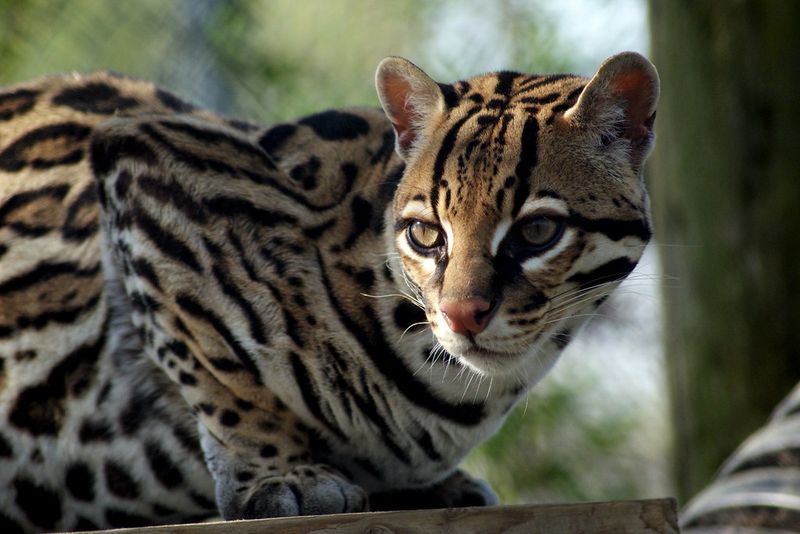
With its striking coat and nocturnal habits, the ocelot is a mesmerizing sight in the wild. These small wildcats are native to South Texas and parts of Mexico, where they roam the dense jungles and brushlands.
Habitat loss due to agriculture and urban development poses a significant threat to their survival. Wildlife corridors and protected areas are being established to ensure their safety and movement.
Ocelots are also threatened by vehicle collisions, prompting initiatives to create safe crossings. Raising awareness about their role in the ecosystem is crucial to maintaining biodiversity in their native regions.

